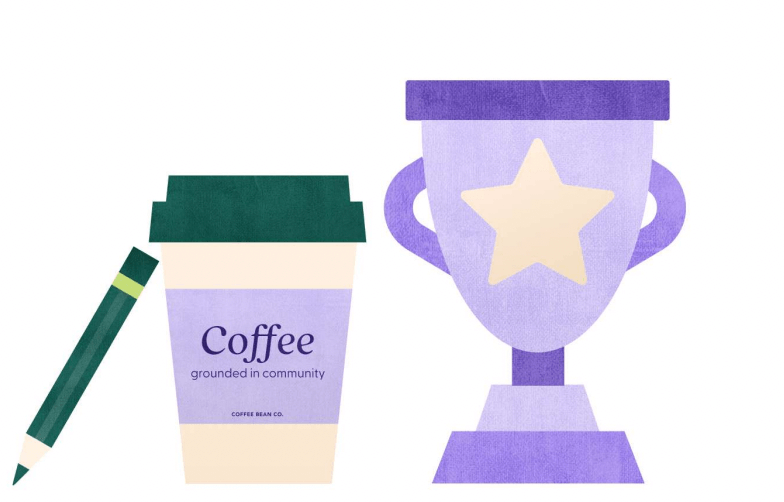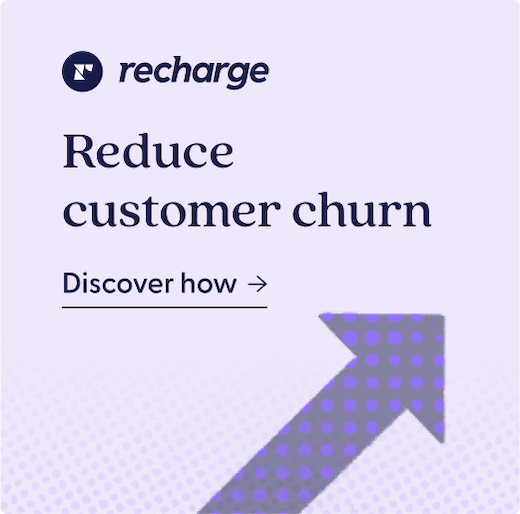In order to get the most value out of recurring revenue, it’s crucial to focus on your subscriber churn rate. This metric refers to the percentage of your subscribers who leave your business over a set period of time, and it poses a direct threat to the long-term customer relationships that subscription businesses rely on.
In this post, we’ll cover four crucial strategies that subscription businesses can use to mitigate customer churn and keep subscribers with their business. For more tips and tricks on how to grow and scale your subscription business, download our free ebook, Succeed with Subscriptions.
Key takeaways
- Churn mitigation is a crucial process for subscription businesses.
- To effectively reduce your customer churn rate, take steps to mitigate both voluntary and involuntary churn.
- Stop active churn before it even occurs by focusing on your customer retention strategies.
4 key tactics to tackle subscription churn
In order to effectively reduce your customer churn rate, your business must approach churn from a variety of angles. Be sure to not only focus on customers that willingly depart from your business, but also on customers that unintentionally leave.
Regardless of the strategies you choose, it’s crucial to regularly calculate churn rate for your business and track this metric over time. This will allow you to identify patterns in your customer behavior so you can more effectively retain subscribers down the line.
1. Create a compelling value proposition
Arguably the most important piece of copy you’ll ever write for your brand, your value proposition is a customer-facing statement that describes your unique value. This piece of copy gives your customers a reason to believe in not just your products or services, but also the way you run your business. When customers lose sight of that reason to believe, they’re at greater risk of voluntarily churning.

Strategies to maximize the power of your value proposition
- Regularly remind your customers of this statement of value throughout the customer lifecycle and across your various channels.
- Articulate how and why they should purchase your products or services.
- Describe the unique value your products or services bring to your customers, be this in terms of quality, time, a discount, or something else.
- Explain why it is a positive investment for your customers to stay with your business over time.
2. Understand passive churn
Customer churn falls into two categories: voluntary and involuntary churn. The causes and solutions for each are quite different, making it crucial to address both in your churn reduction strategies.
Voluntary churn
Voluntary churn (also referred to as active churn) is when customers willingly take an action to cancel their service with you—by engaging with your Support team, canceling their own service via your site, etc.
Involuntary churn
Involuntary churn (also referred to as passive churn) is when a customer’s subscription is canceled without the customer taking any action to do so. This can be due to customer issues like credit card expiration or an out-of-date billing address, or business issues, like stock problems with your products that prevent customers from reordering.
These issues are quite common. In fact, according to ProfitWell, 20–40% of monthly recurring revenue (MRR) churn occurs due to failed credit cards.
How to tackle involuntary churn that is a result of a customer issue
Often, your customers are unaware that there is any issue with their billing details. This makes it especially important for your subscription company to set up a program that alerts customers to any issues with their payment information. For example, if a customer’s credit card is about to expire, you can set up email alerts that notify them of the problem so they can take steps and avoid interrupting their service with you.
How to tackle involuntary churn that is a result of a product stock issue
Regularly reviewing your charge errors—crucial pieces of your customer data—is a powerful strategy for mitigating passive churn. This way, you can identify how many of your existing customers are churning due to stock or inventory issues, then take specific steps to resolve these issues.
3. Use your cancellation reasons to address active churn
To reduce voluntary churn rates, start by asking customers to provide a reason for their decision to cancel their service with you. While you can leave the question open-ended for them to answer in their own words, the easiest approach is often to provide a pre-set list of cancellation reasons for them to choose from.
Over time, you can track this feedback to identify your customers’ top reasons for canceling, then tailor your approach to suit the particular cancellation reason and the number of subscribers impacted. In doing this, you create better subscription experiences for your future shoppers that increase customer satisfaction.
4. Focus on your customer retention strategies
It’s important to take not only a reactive approach to handling customer churn, but also a proactive one. By focusing on your customer retention strategies, you can stop voluntary churn before it occurs.
Customer retention strategies to reduce churn rate
- Provide customers with flexible subscription options, like swapping flavors or skipping a delivery, to encourage them to stick with your business over time.
- Launch a customer winback program through automated outreach that focuses on getting churned customers to return to your business.
- Find an integration partner that specializes in customer winbacks so you can invest in shoppers who have found value with your brand in the past. This is especially important considering today’s ever-rising customer acquisition costs.
Customer churn mitigation strategies are an investment in your subscription business
Your entire business will benefit from the steps you take to tackle subscriber churn. By making your subscriptions flexible, opening the door to customer feedback, communicating your brand’s unique value, and understanding your customers’ cancellation reasons, you can create more seamless subscription experiences that lead to increased recurring revenue and customer lifetime value.
Of course, there are other important steps to take to get the most out of the subscription model for your business—regardless of your ecommerce platform. For more in-depth information on growing your sales in today’s subscription economy, as well as step-by-step instructions on how to acquire more subscribers, increase subscription sales, and improve the customer experience, download our free ebook, Succeed with Subscriptions.



